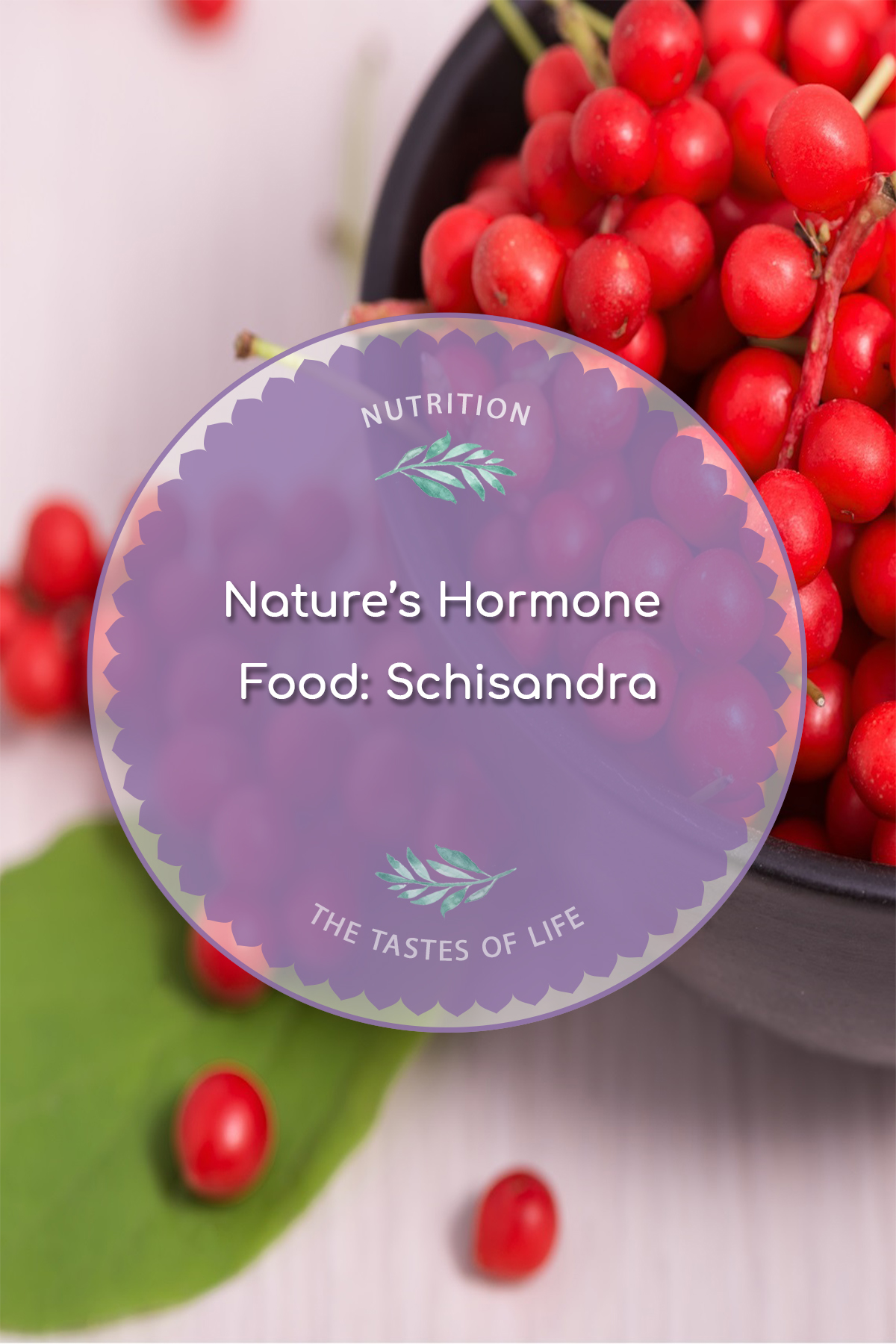Ways Of Increasing Progesterone Levels

Natural Ways to Boost Progesterone Levels
Progesterone refers to a steroid hormone that is secreted by corpus luteum, a temporary endocrine gland that is produced by the female body after ovulation in the second half of the menstrual cycle. Progesterone basically means “promotes gestation” and it is at times referred to as the happy hormone.
The number of women suffering from Progesterone deficiency is on the rise. Most of the women are not even aware that they are Progesterone deficient.
How Progesterone is made
Progesterone is usually produced in the ovaries. Progesterone is made in small amounts in the adrenal glands and is made of cholesterol. The cholesterol is used in making pregnenolone known as the mother of all hormones. The pregnenolone is later one converted into progesterone, which is also a precursor hormone for testosterone and estrogen.
What are the functions of progesterone?
The progesterone will prepare the endometrium for pregnancy immediately after ovulation. It will help the lining to thicken and take in the fertilized eggs. It also helps in preventing contractions of the muscles in the uterus and can make the body reject an egg. The levels of progesterone are usually high during such a time, and in such a case, women will never ovulate. In case there is no pregnancy, corpus luteum will break down, reducing the levels of
progesterone in the human body causing menstruation to take place. In case the woman conceives, progesterone will be produced in the placenta, and its levels will remain elevated in the entire period of pregnancy.
The progesterone will also help in reducing the growth of the breast cell, leading to a drop in the multiplication rate of the cells. The progesterone is essential for the prevention of breast cancer since it promotes the natural death of cells in the breast.
Progesterone will help in stimulating the process of bone-building, which is known as the osteoblasts. The osteoblasts will be responsible for making the new bone to come in place of the old bone. The progesterone will also help in reducing thyroid-binding globulin, and due to this, it will increase thyroid hormone activity. The thyroid hormone will increase the level of metabolism and makes use of the fat stored under the estrogen to produce energy. However, low levels of progesterone can lead to weight gain.
The progesterone will help in stimulating libido since it can be turned into testosterone that is essential in the sex drive. The progesterone will block the aldosterone that is responsible for promoting retention and swelling of water by causing the loss of natural fluid and reducing swelling.
The progesterone will also help in reducing the contraction of uterine muscles that is responsible for causing menstrual cramps by encouraging relaxation of the uterine muscles. The progesterone will bind to the GABA receptors in the brain. It is these receptors that will be responsible for reducing depression, insomnia, and anxiety. Progression is also known to be a natural anti-depressant that helps in preventing mood swings and anxiety.
Functions of progesterone
- Helps in using fat to produce energy
- Helps in the restoration of the normal libido
- Stimulation of the formation of new bones
- Helps in preventing cyclical migraines
- It is a natural anti-depressant and helps in calming of anxiety
- Promoting of normal sleep patterns
- Assists in the normalization of levels of blood sugar
- Offers protection against fibrocystic breast
- Facilitation of the thyroid hormone function
- Helps in maintaining the endometrium
In case you are interested in enjoying hormonal balance, you will be forced to have enough levels of progesterone. Lately, a majority of women suffer from low levels of progesterone, which ruin their health.
Signs of Low progesterone Levels
Below are some of the symptoms of low levels of progesterone
- Ensure that you keep track of changes in your menstrual cycle
- The low temperature on luteal phase
- Mucus consistency
- The best lab tests you can always carry out are the dried urine test.
When you are suffering from low levels of progesterone, there are chances you might experience different hormonal imbalance symptoms.
Estrogen dominance
The primary role of progesterone is counter-balancing estrogen. When the levels of estrogen are high, there are high chances that the progesterone levels are low. This will lead to estrogen dominance signs and progesterone deficiency symptoms. To avoid estrogen dominance, you should keep a great balance between estrogen and progesterone.
Progesterone deficiency Symptoms
- Ovarian cysts
- Heavy and painful periods
- Swollen breasts anxiety
- Infertility
- Difficulty sleeping
- Water retention
- Endometriosis
- Irritability
- Swollen and painful breast anxiety
- Headaches especially when on periods
- Hot flashes
- Bloating
- Miscarriages
Estrogen deficiency Symptoms
- Anxiety
- Depression
- Weight Gain
- Puffiness
- Heavy menstrual bleeding
- PMS
- Fat around your belly and hips
- Breast tenderness
- Cellulite
- Ovarian and breast fibroids
Estrogen dominance can also lead to breast cancer. Hence, it is essential that one is very cautious and protect themselves well balancing the levels of progesterone and estrogen. In case you do have estrogen dominance, it is vital that you work on improving your gut and liver function. It means your body will be in a position to efficiently metabolize estrogen.
Below are some of the crucial tips to help you metabolize estrogen
- Ensure you use dandelion, burdock, and milk thistle. These herbs will help in improving the functions of the liver and help in cleansing the liver.
- Use Calcium D-Glucarte and DIM to help in promoting estrogen metabolism
- Calcium D- glucarate refers to a β-glucuronidase inhibitor, and it enhances detoxification of the liver, which is essential for excretion of estrogen.
The DIM comprises of diindolylmethane, which is a phytonutrient that is available in cruciferous vegetables such as cabbage, bokchoy, cauliflower, turnip, brussels sprouts, radish, arugula, and kale. The DIM will support enzyme activities, thereby improving metabolism in estrogen.
Lack of ovulation, menstrual, and fertility issues are some of the problems that one can encounter with low levels of progesterone. To produce enough progesterone, one will have to ovulate regularly since ovulation triggers progesterone release. In case ovulation fails to take place, the level of progesterone will be low.
In case a lack of ovulation is the main reason behind your low level of progesterone, it will be advisable that you focus on enhancing your fertility and promoting ovulation. The estrogen will help in growing the lining of the uterine while the progesterone will ensure the coating remain there for a period of 14 days after the ovulation if you do get pregnant. The progesterone will rise when you conceive. However, if you do not conceive, the levels of progesterone will drop, leading to uterine lining shedding, which is referred to as menstruation.
You will have to ensure that your body has all the important nutrients to help in producing progesterone. Low levels of folic acid, iron, and vitamin B12 are associated with anemia and are capable of causing no ovulation.
Vitamin B6 will help in increasing the production of progesterone and reduces the levels of blood estrogen, leading to improvements in fertility as well as PMS symptoms.
The Vitamin C will help the ovaries in the process of ovulation. It can also help in increasing the levels of progesterone in females together with ensuring the adrenals that help in progesterone production work well.
Vitamin E, an oxidant, does help in protecting the egg and sperm DNA integrity. It can correct the estrogen-progesteronee ratio increasing libido in women and normalizing their menstrual cycle.
The magnesium will help in influencing the pituitary glands that are responsible for releasing thyroid-stimulating hormone, follicular stimulating hormone, and luteinizing hormone. The hormones do play an essential role in regulating progesterone and estrogen production.
Zinc does support fertility as it stimulates pituitary glands to release the follicular stimulating hormone that triggers estrogen production and promotes ovulation, thereby increasing levels of progesterone.
The L-arginine is amino acids that assist in widening and relaxing of the arteries and the blood vessels, thereby increasing the blow of blood in the body. It helps in improving the supply of blood to the corpus luteum resulting in an increase in the levels of progesterone.
To ensure you keep your hormones balanced, it is advisable that you take foods that contain all the important nutrients a body requires.
Chasteberry or Vitex
A number of studies have revealed that chasteberry increases luteinizing hormone release from the pituitary, thereby raising the progesterone levels as well as normalizing the menstrual cycle second half. It is also capable of reducing the prolactin, which suppresses progesterone production. However, its exact cause is still not known, although chasteberry has proved to help in treatment of low progesterone for over 60 years.
Adrenal fatigue and stress can also lead to low progesterone levels. Despite the progesterone being made in the ovaries, a very small amount is usually produced in the adrenal glands. This is where it is converted to other hormones like the coristol, which is the primary stress hormone.
In case there is a high coristol hormone demand due to prolonged stress and the body is not in a position of keeping up with the supply, it will take from the cortisol’s prehormone, pregnenolone. However, when more of pregnenolone is used in making the coristol, very less will be available in making the progesterone, thereby causing deficiency of progesterone.
When the imbalance of adrenal is the root cause of low levels of progesterone, anyone will want to focus on rebuilding the foundation of adrenal. There are herbs that are known for their capabilities of supporting the adrenal functions and kidney. Here are some of them:
- Astragalus root
- Rhodiola Rosea
- American ginseng
- Extra B vitamins (B-complex)
- Eleuthero/Siberian ginseng
- Schisandra/five flavor berry
- Ashwagandha/Indian ginseng
- Licorice root
- Maca/Peruvian ginseng
Try experimenting with any of these supplements and herbs and see which one will work well for you.
The Bio-Identicall Cream to Increase Levels of Progesterone
Is your Progesterone level low because of adrenal fatigue, estrogen dominance, lack of ovulation, or aging? You do not have to worry since you can use the natural progesterone to help in supplementing the deficiency. The natural progesterone is usually made from plant steroids and is readily available in the wild yam, which is similar to those that are produced to the female’s ovaries. Due to the hormone’s bio-identical nature, it does support the progesterone levels of the body with minimal side effects.
Progesterone cream benefits
Progesterone cream is capable of helping balance the levels of estrogen, thereby reducing estrogen dominance symptoms, PCOS, cancer, infertility, irregular periods, fibroids, endometriosis, cystic breasts, and PMS.
It can also be used raw material in making of other types of hormones like the coristol that offers relief for the adrenal fatigue. It is also possible to be converted into testosterone or estrogen whenever the human body is in need of it.
Tips on How to use the progesterone cream
The progesterone cream can either be applied topically or vaginally. The vaginal creams are very effective when it comes to concentrating the progesterone in the area of the vagina and sending it to the uterus that is important when it comes to the treatment of polyps, fibroids, and endometrial tissue overgrowth. The face, neck, inner arms, brow and the palms of hands are the best absorption areas.
Since progesterone is a cyclical hormone, it can be best used in the 14 day period just before the menstruation. You will also have to check your reaction frequently so that you can change the dosage. Ensure you do not take overdose as it can lead to weight gain, nausea, heart palpitation and create sleepiness.
Change of Lifestyle to Increase the levels of Progesterone
In order to have balanced hormones, you will have to get and address the cause of the imbalances and address your lifestyle. Although nutrition and supplements will be of help, you will have to pay close attention to your emotional and mental habits. This is within your control, and we do hope that you will do something about it.
Do you want to know more? Book a session here: https://calendly.com/thrivinghormones-llc/15-minute-free-consultation
Please feel free to comment or ask any questions below. Share the blog on Instagram with the hashtag #thetastesoflifeholisticblog.
Yum





